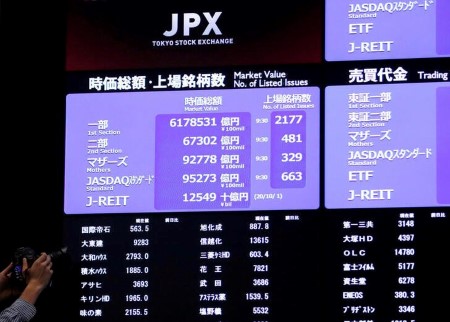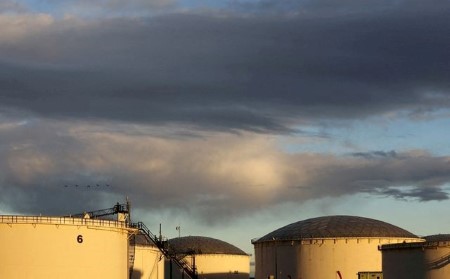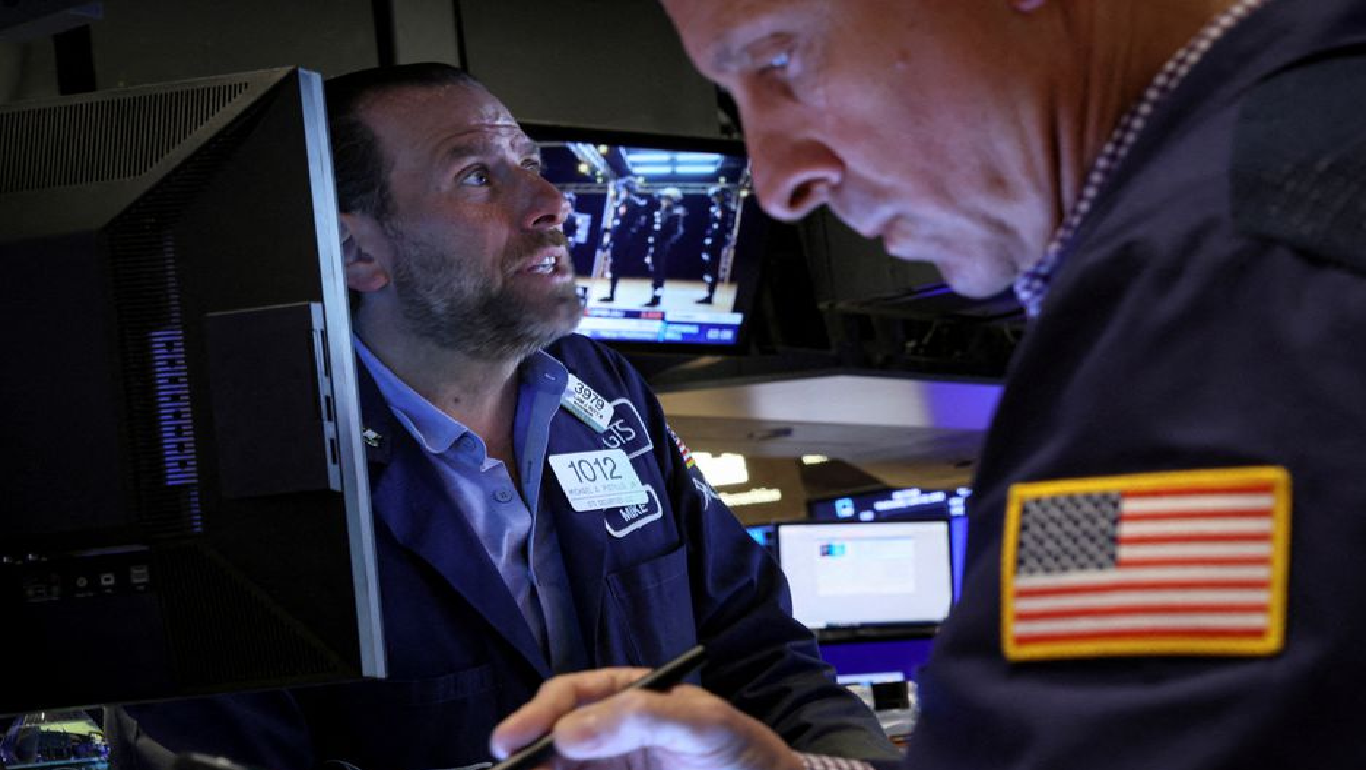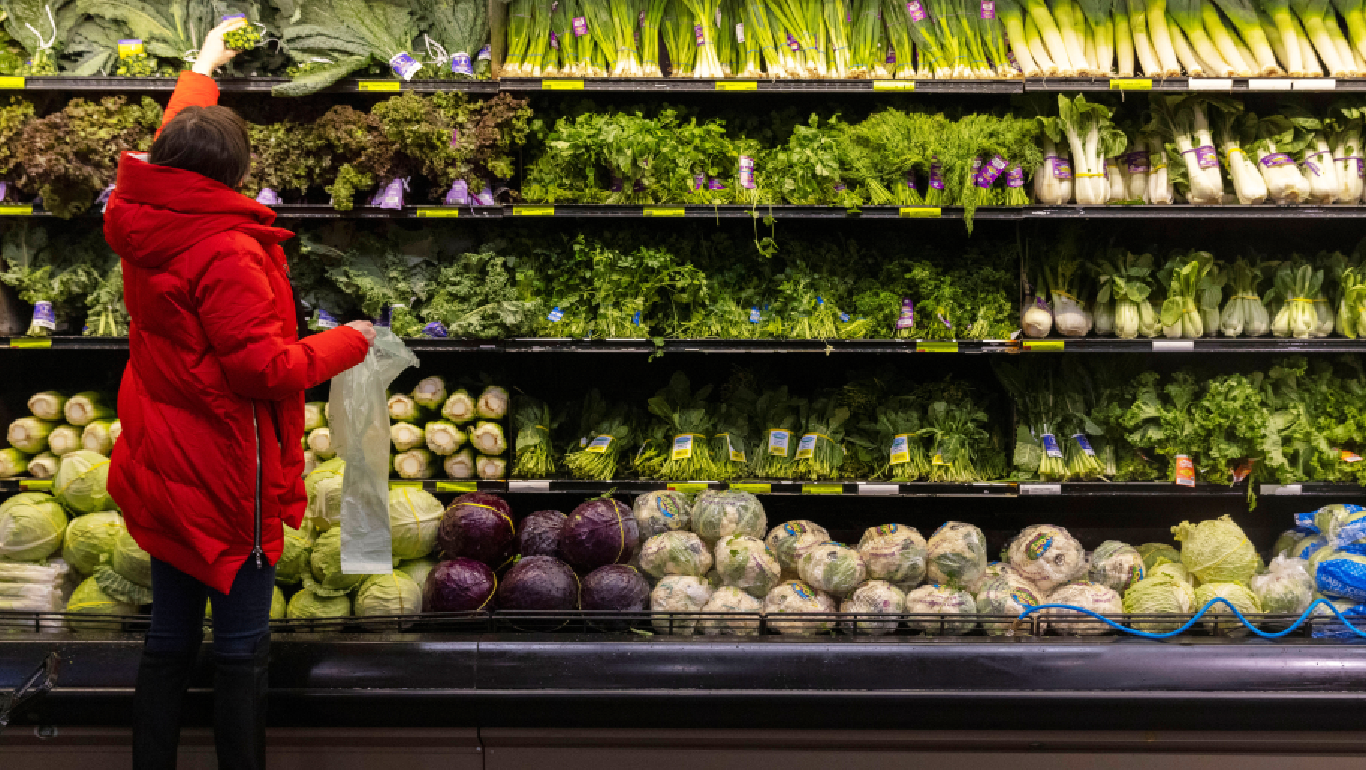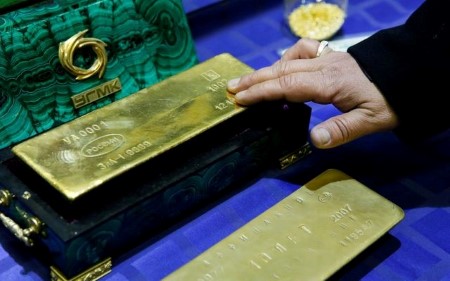MANILA, July 14 (Reuters) – The Philippine central bank raised its key interest rates by 75 basis points in a surprise move on Thursday and kept the door open for further tightening as it rushed to contain broadening inflationary pressure and rescue a faltering peso.
Implemented outside the regular policy-meeting cycle, the tightening move was the most aggressive by the Bangko Sentral ng Pilipinas (BSP) since the central bank shifted to an inflation-targetting approach in 2002.
The rise in interest rates accompanied policy shifts effected by other central banks in Asia and elsewhere on Wednesday and Thursday. They included one in Singapore that was also an off-cycle move.
In the Philippines, the rate on the key overnight reverse repurchase facility rose to 3.25%, BSP Governor Felipe Medalla said in a statement.
“In raising the policy interest rate anew, the Monetary Board recognized that a significant further tightening of monetary policy was warranted by signs of sustained and broadening price pressures amid the ongoing normalization of monetary policy settings,” Medalla said.
The rates on the BSP’s overnight deposit and lending facilities were also raised by 75 basis points, to 2.75% and 3.75%, respectively.
No such move was expected on Thursday because the BSP did not have a regular policy meeting scheduled until Aug. 18. The central bank previously raised interest rates by 25 basis points in May and again in June.
Medalla said the BSP would still hold the Aug. 18 meeting, and policy moves remained data-dependent.
Inflation surged to the highest level in nearly four years in June, and is widely expected to remain elevated, pushing the full-year average beyond the target band of 2% to 4%.
Finance Secretary Benjamin Diokno said the economy remained robust and could thus absorb Thursday’s interest rate rise. It would remain supported by the easing of COVID-19 restrictions and structural reforms, he added.
The 6.5%-7.5% growth target for gross domestic product set for this year by the newly installed Marcos administration remains within reach, BSP Deputy Governor Francisco Dakila said in a media briefing.
The second-quarter GDP growth, which will be announced on Aug. 9, “is very likely (to be) strong or even stronger than first quarter numbers”, he said.
PESO RECOVERS
The Philippine peso, which had hit a record low early this week versus the U.S. dollar, recovered some lost ground and was last up 0.3%.
The peso is the worst-performing currency in Southeast Asia this year as the greenback continues to strengthen on expectations for faster Federal Reserve policy tightening.
The Fed is seen stepping up its tightening campaign with a supersized 100 basis point rate hike this month after a report showed inflation racing at four-decade highs.
The BSP’s move was meant to support or at least stabilize the peso exchange rate, said Michael Ricafort, economist at Rizal Commercial Banking Corp. in Manila.
A weak peso adds further pressure on inflation, threatening to derail recovery of the consumption-driven domestic economy.
“More rate hikes are still possible, if needed, as a function of any further Fed rate hikes to bring down elevated inflation,” Ricafort said.
FURTHER TIGHTENING POSSIBLE
Medalla said the BSP was ready “to take further necessary actions to steer inflation towards a target-consistent path over the medium term”.
The central banks of New Zealand and South Korea increased interest rates by 50 basis points on Wednesday, when Canada’s shocked markets by going for 100 basis points.
Singapore’s Thursday move was re-centring the mid-point of an exchange-rate policy band.
Malaysia’s central bank raised its benchmark interest rate for the second straight meeting last week.
Indonesia’s central bank may raise interest rates in the current quarter to contain future pressure on core inflation, but any rise will not be aggressive, its governor said on Friday.
(Reporting by Enrico Dela Cruz, Karen Lema and Neil Jerome Morales; Editing by Ed Davies and Bradley Perrett)






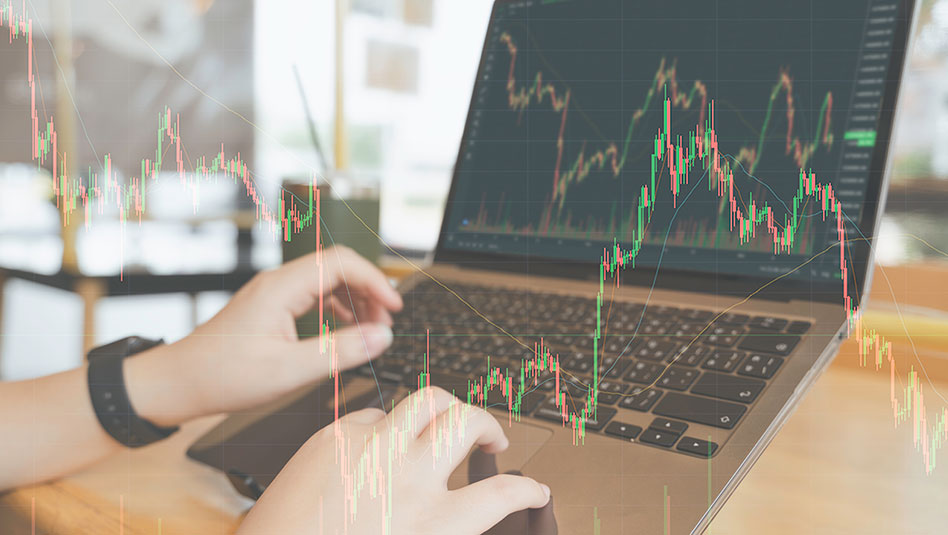
 DOWNLOAD
DOWNLOAD





